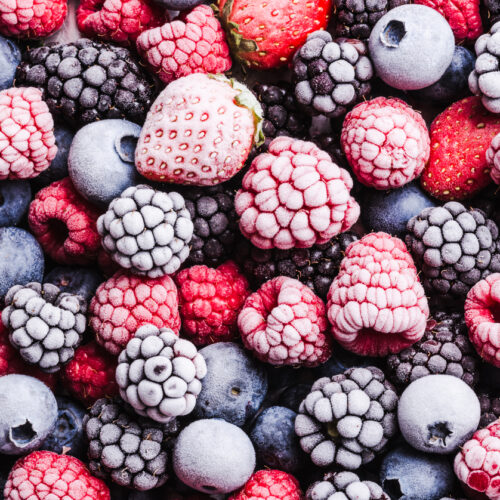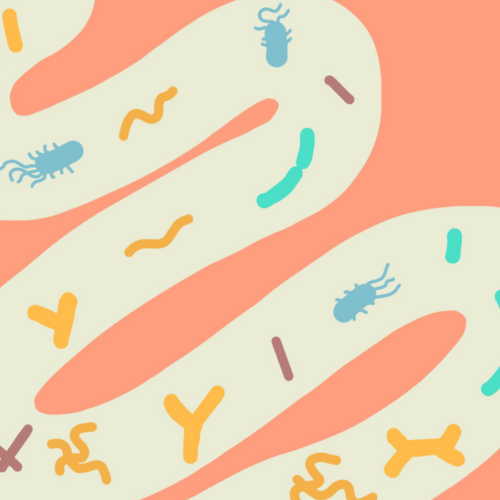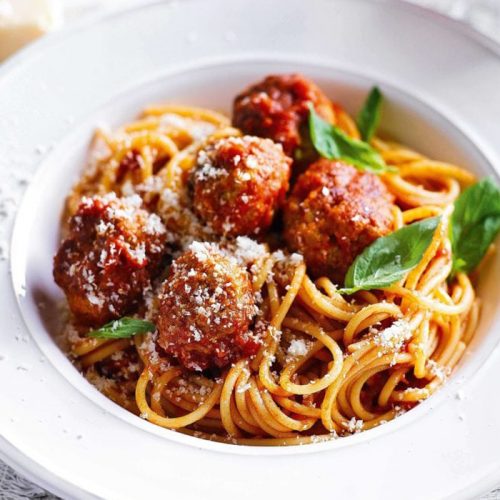
HFG senior nutritionist Rose Carr answers your questions about trans fat.
I was shocked to see the amount of trans fats in butter. Why do we only hear about saturated fat?
See our article How do they make margarine and table spreads?
On labels, trans fats are allowed to be included in the listing for saturated fat. That’s why you won’t see the trans fats on a packet of butter. Trans fats (also known as trans fatty acids) is a type of unsaturated fat that because of its chemical structure behaves like a saturated fat in our bodies. Both trans and saturated fats increase our risk of heart disease: both increase ‘bad’ LDL cholesterol and trans fats also lower ‘good’ HDL cholesterol in our blood. While trans fats have a greater negative effect on blood cholesterol, the reason we focus on saturated fats is because they make up a much more significant part of our diets, and are therefore a greater health concern. Although butter contains around six per cent trans fat, of greater concern is that the total of trans and saturated fat in butter is around 50 per cent.
How do we compare to other countries?
Our consumption of trans fats is low by international standards. Jenny Reid, The Ministry of Agriculture and Fisheries’ Manager (Food Safety) says: “New Zealanders consume just 0.7 per cent of their daily kilojoules through trans fatty acids (TFAs). This is well below the one per cent recommended by the World Health Organisation.”
The trans fats we do eat come mainly from animal sources such as butter, milk and meat. This differs from other countries like the US, where people get more of their trans fats from processed foods.
Why are trans fats not listed on nutrition labels?
The Australia New Zealand Food Standards Code only requires trans fats to be listed in a nutrition information panel when a nutrition claim is made about fat. Manufacturers are allowed to voluntarily list trans fats.
“The decision not to label was based on our relatively low TFA intakes,” explains Jenny. “New Zealanders’ consumption of saturated fat is actually a far bigger concern.”
Where do trans fats occur?
Naturally occurring trans fats are found in relatively small amounts in dairy products. Manufactured trans fats are produced by the specific way some fats and oils are processed. They are found in foods that use hydrogenated or partially hydrogenated vegetable fats, such as deep-fried and baked foods.
Are manufactured and natural trans fats equally damaging?
The jury is still out on this. A 2010 review concluded that both natural and manufactured trans fats raised the ratio of LDL to HDL cholesterol, and therefore, presumably the risk for heart disease. However, the effect of natural trans fats appeared to be slightly less than for manufactured trans fats. Further research is needed.
Bottom line
Meat and dairy products are excellent sources of a range of essential nutrients. The simplest way to limit intake of both saturated fat and trans fats from these foods is to trim fat from meat and choose reduced-fat varieties of milk and other dairy products. We recommend using a reduced-fat spread made from unsaturated fats.
To limit manufactured trans fats in your diet, eat less deep-fried and baked foods such as bought biscuits, pastries, pies and cakes.
www.healthyfood.com










